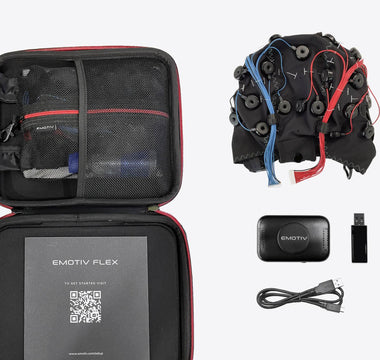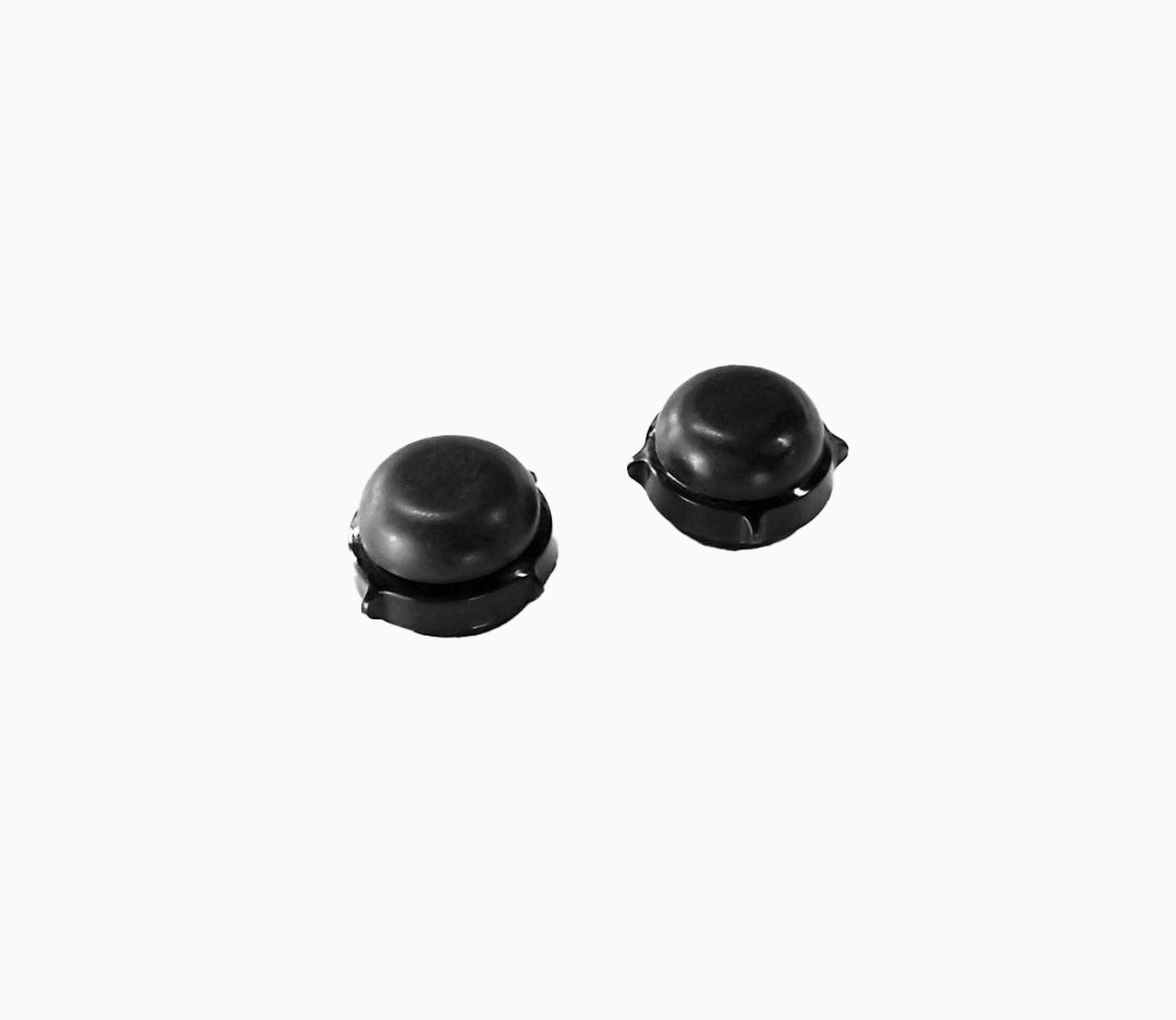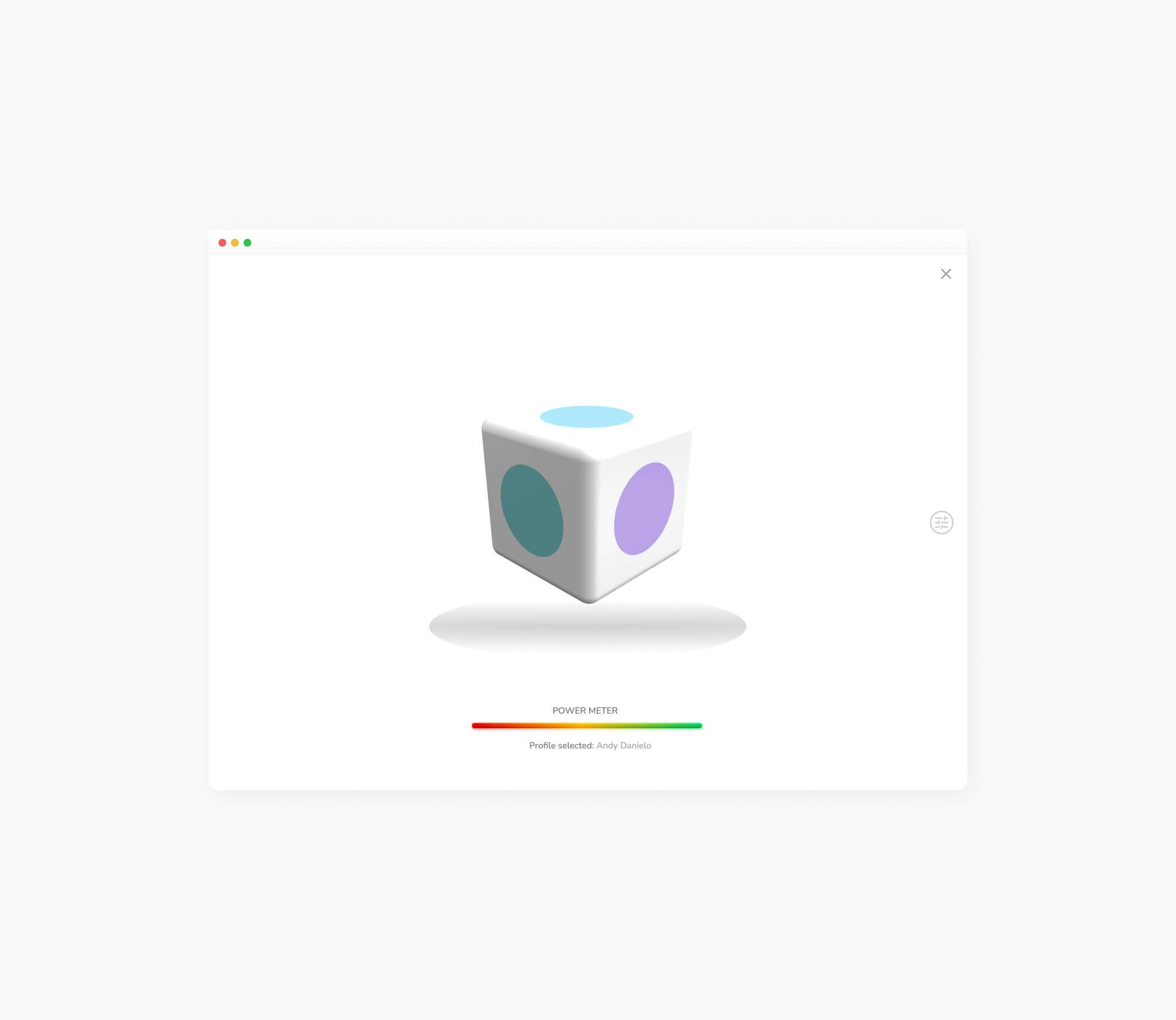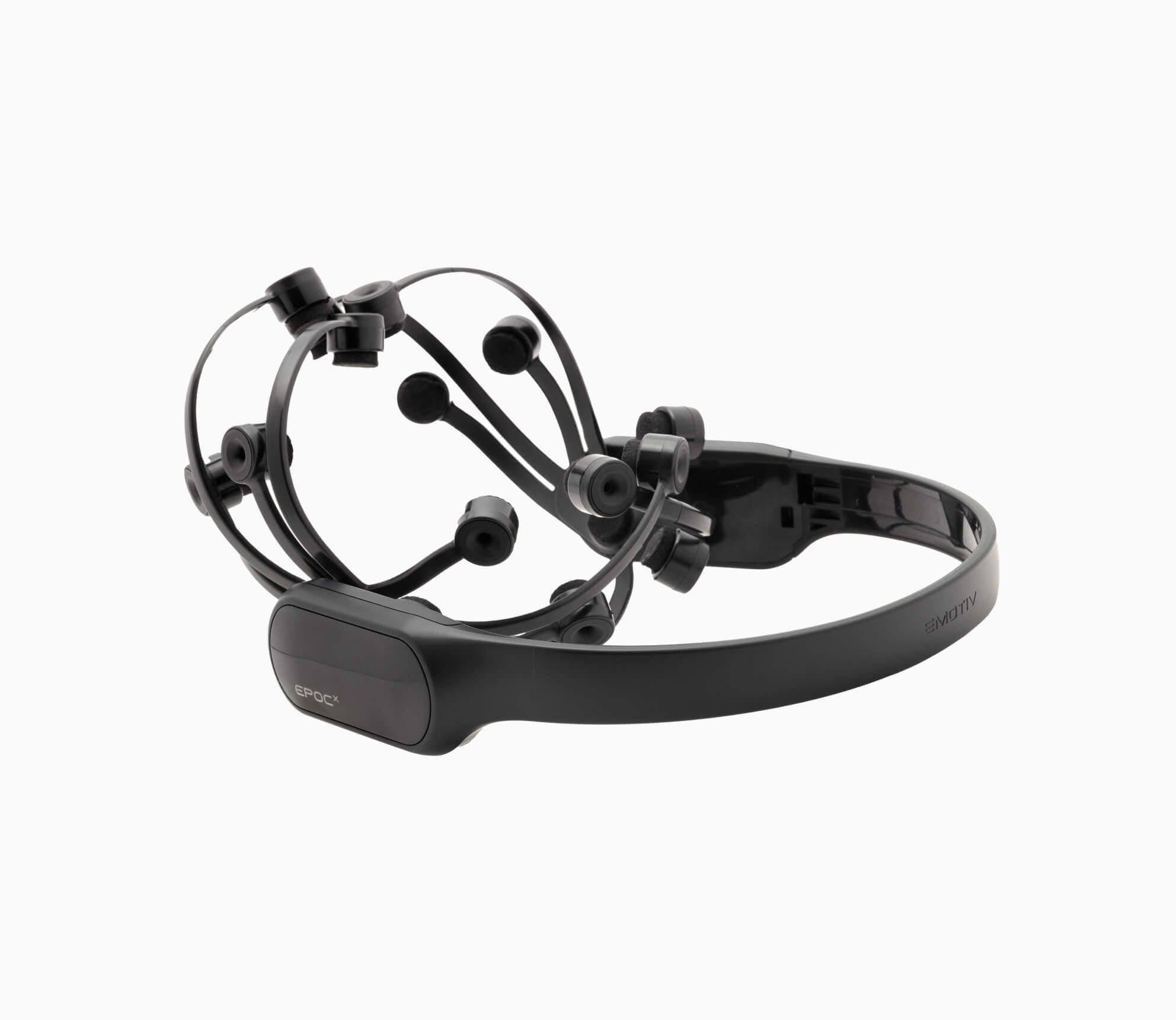Welcome to the concluding part of our series on maximizing your EMOTIV EEG headset’s potential. Our previous posts discussed sensor hydration, cleaning, and proper storage. Now, we’ll explore participant preparation, why it’s critical for obtaining accurate EEG data, and your research’s success.
Why Participant Preparation is Crucial
Participant preparation is crucial for obtaining accurate EEG data for your brain research. When participants are well-prepared, conductivity between the scalp and your headset’s sensors is improved, reducing the risk of artifacts in your EEG data, essential for credible, reproducible studies.
Here are some tips for preparing your participants for EEG data collection.
Hygiene Matters
Clean hair and scalp facilitate better conductivity, ensuring EEG sensors make good contact with the skin. In turn, this leads to the acquisition of high-quality EEG signals. Any residue or dirt on the scalp can act as an insulator, interfering with conductivity and reducing EEG signal quality. As part of their preparation, ask your participants to wash and dry their hair, ensuring they avoid conditioner (more on that below), on the day of your EEG study. Doing this will improve conductivity between the scalp and the sensors and reduce artifacts in your EEG data.
Avoid Hair Conditioner and Other Products
Hair conditioner and other hair products, such as hair gel or hairspray, can leave a residue on the scalp that may act as a mild insulator. EEG sensors rely on good conductivity to measure brain activity accurately. If your participant has conditioner or hair product residue on their scalp, it’ll inhibit the connectivity between the scalp and the sensors, creating nosier EEG signals. This increased noise may compromise the reliability and validity of your EEG data. As a precaution, you should advise your participants not to use hair conditioners or other hair products on the day of your EEG study.
Keep Hair Dry
Before you start your EEG data collection, make sure that your participant’s hair is completely dry. Damp or wet hair can interfere with sensor conductivity.
Flex Gel Preparation
If you’re using Flex Gel for your study, we also recommend additional cleaning and abrading of the scalp at each sensor location to degrease the skin. To do this:
- Fit the Flex Cap with sensors onto your participant’s head.
- Gently move the hair below the sensor opening to get clear access to the scalp.
- Dip a cotton swab into the isopropyl alcohol, then insert the tip into the sensor opening and gently degrease the skin.
- Using another cotton swab, dip the tip in abrasive gel. Then, insert the tip through the sensor opening and gently rotate the cotton swab to abrade the skin. This process should be painless and not irritate the skin.
- Once the skin is prepared, fill each sensor with conductive gel through the sensor opening.
We recommend starting this process with the reference sensors before continuing with the other locations.
Hair Styling
If your participant has long hair, tie it back into a half ponytail, pulling all the hair up above the ears so that the T7 and T8 sensors on your headset make better contact with the scalp. This EMOTIV headset tutorial shows you how.
Also, ensure your participant has no metal hairpins or clips placed in their hair. Metal hairpins and clips can interfere with the sensors, creating artifacts in the EEG data. Use non-metallic options to secure the hair in place.
In the world of EEG data collection, maximizing your headset’s potential and the success of your results depends on various factors. Hair and scalp hygiene and hair styling are an often overlooked part of the preparation needed for successful EEG data collection. A clean scalp and well-groomed hair are essential for optimal EEG signal quality.
For researchers and participants, prioritizing hair and scalp hygiene is essential. We recommend providing participants with clear instructions on hair hygiene before your experiments.
Participant preparation and the other tips provided in this series can ensure EEG data collection is as accurate and reliable as possible, benefiting the credibility and reproducibility of your brain research.






